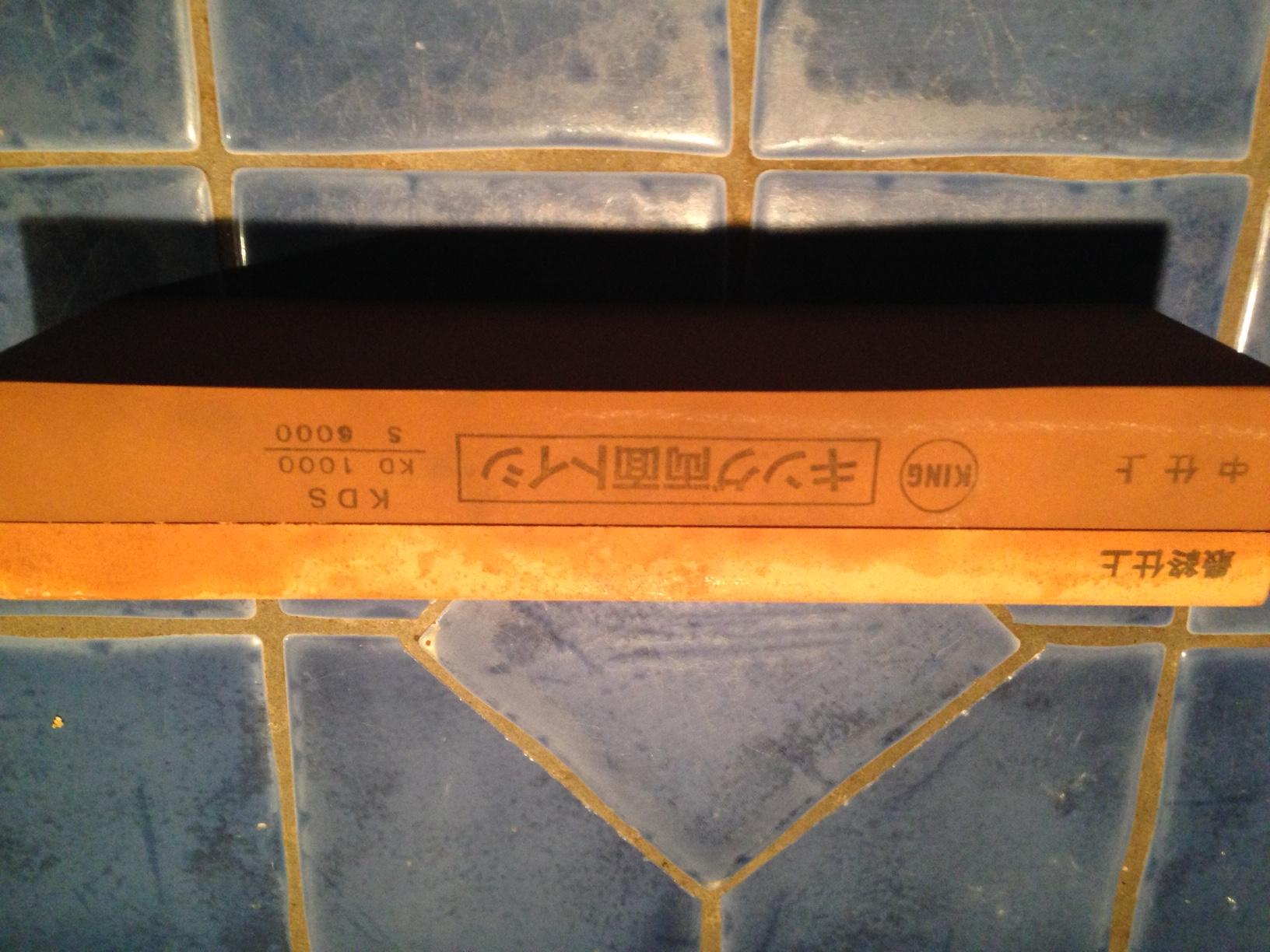Resinoid based stones respond to soaking and drying differently from ceramic, clay based, and magnesia based stones. Magnesia based stones, like the chocera, will crack when over-soaked due to magnesia (the binding agent) leaching out in the water. After a while, the stone looses structural stability. Clay based and ceramic stones do not have any cracking problems unless dropped (or sometimes when they are worn thin and you exert too much pressure in an unsupported section). Vitrified stones work in a similar way to the ceramic and clay based stones, but are often less firm and can break more easily when dropped and/or worn too thin. Resinoid based stones, like the gesshin 6000, arashiyama, kitayama, and even some of maxim's stones, respond to soaking differently. The soaking is actually not the issue at all. Soaking helps soften the stone, causing it to release more abrasive more quickly, improving tactile feedback, and helping create more mud. However, repeated soaking and drying, drying too quickly, or changes in humidity based on environment cause the stone to dry out unevenly. Because resinoid based stones are not as porous, air can not penetrate as quickly, nor can water escape in the same way. As water leaves the outer portion of the stone, the loss of mass causes the outside of the stone to shrink faster than the inside of the stone, which is the main cause of cracking with stones like this. Therefore, when it comes to resinoid based stones, you need to pick one of the following ways of dealing with them:
-soak permanently
-use as a splash and go stone
-soak and dry, but dry very carefully and slowly, while paying attention to general humidity
-soak permanently
-use as a splash and go stone
-soak and dry, but dry very carefully and slowly, while paying attention to general humidity







